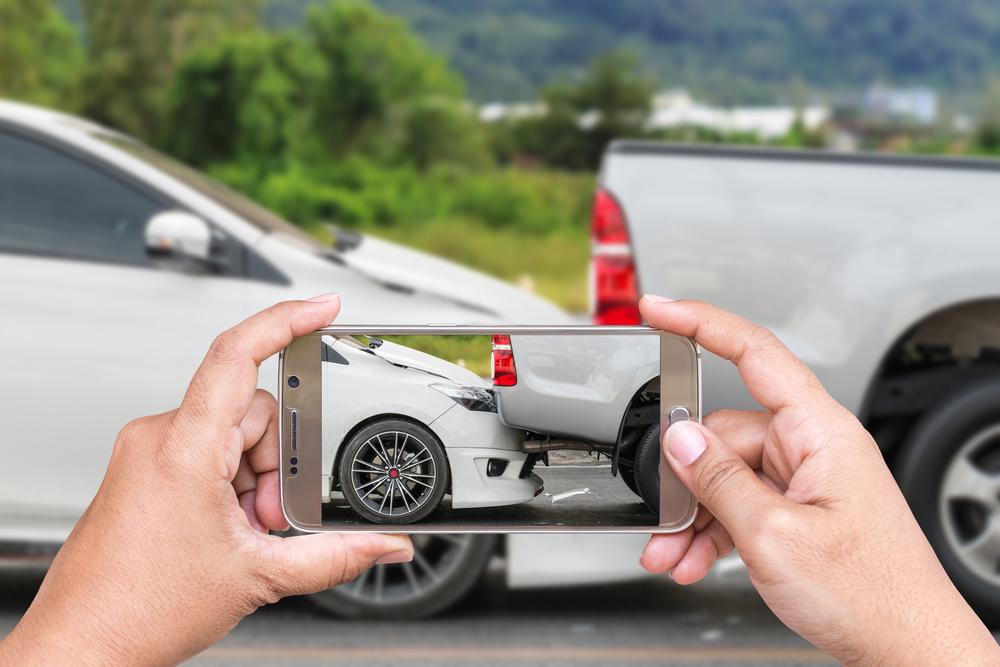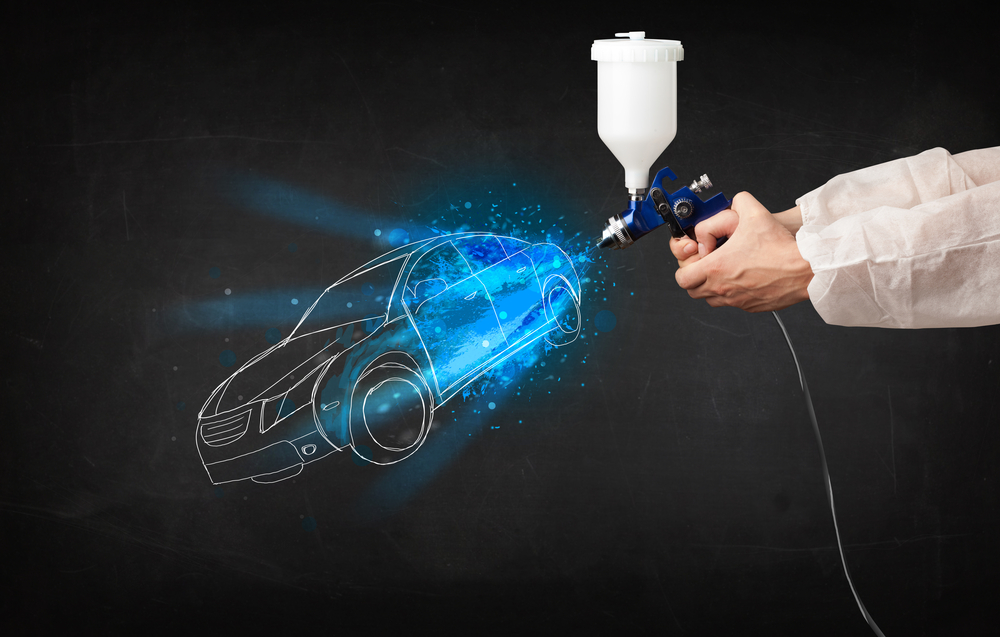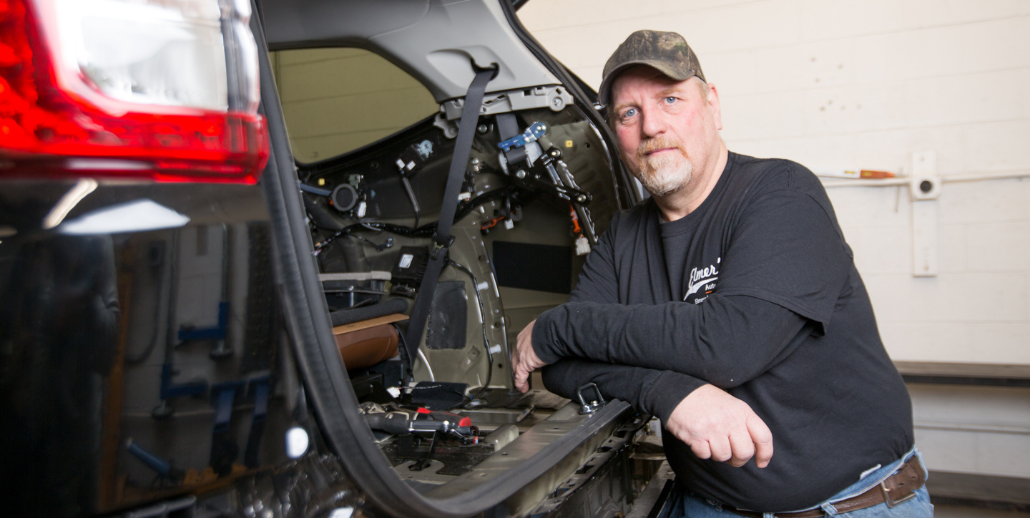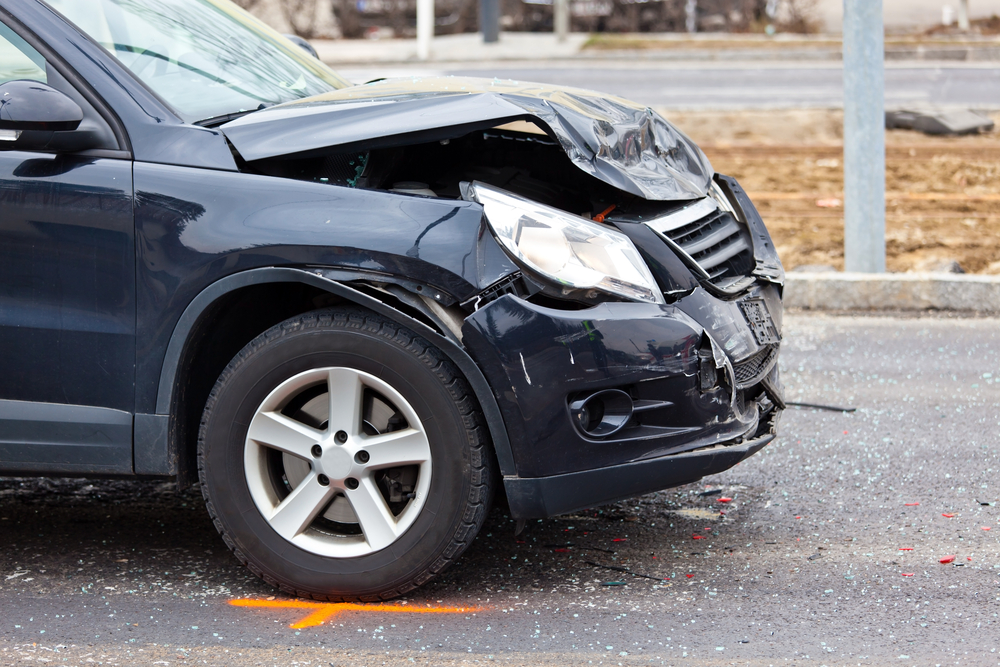Auto body repair is never really an enjoyable process, but it’s an inescapable part of life. As long as you drive, there will occasionally be a need to repair your vehicle. And, of course, such repairs can sometimes be expensive. After a collision or other accident, you will surely be thinking about the monetary damages, and that’s why it is important to get an accurate estimate from the repair shop. However, getting such an accurate estimate can be difficult. There are very real differences between different kinds of estimates, so let’s try to clear up this misunderstanding.
The Two Kinds Of Estimates
First off, you need to know that there are two basic types of car repair estimates: The quick kind and the thorough kind. The quick kind of estimate is normally done when your vehicle first arrives and is not intended to be authoritative. It’s just an initial assessment so that the shop can get an idea of what they will be repairing. This kind of estimate is usually done by visual inspection. In other words, someone will just walk around the car and look for any obvious problems.
A thorough estimate is something different entirely. First of all, this kind of assessment has to be done by a certified mechanic, as only they will have the knowledge to give an accurate estimate. Secondly, they won’t just look for obvious problems. Instead, they will look for all the problems that can be found. Needless to say, this sort of estimate takes a lot longer. However, it’s always going to be more accurate.
Understanding The Difference
When you get an initial cost estimate, you should understand that it won’t represent the final price. It’s a ballpark figure, so take it as such. Even if the initial assessment comes from a reliable source (like an adjuster from your insurance company), you should still take it with a grain of salt.
One reason for this lack of predictability comes from the repair shops themselves. Mechanics generally charge by the hour, and all of them will have different hourly rates. Your insurance adjuster certainly won’t have time to check the rates for every mechanic in the area, and a shop employee won’t have any reason to do that at all.
What Is A Supplemental Repair?
At some point, you might hear your mechanic or someone from the insurance company talking about the need for a supplemental repair. This term is kind of self-explanatory, as we are talking about extra repairs that need to be added after the initial assessment. When a repair shop determines that a vehicle requires more than the estimate could cover, they have to file a supplement claim with your insurance company.
While this claim is being processed, the repair job will (unfortunately) be put on hold. This is why collision repair can sometimes take a long time. The approval process can take anywhere from a few days to a week or more. It all depends on how fast your insurance company moves. In any case, supplemental repairs are one of the main things that can raise a repair bill beyond what was expected.
Should I Be Suspicious Of Cost Overruns?
If your repair bill turns out to be way higher than your initial estimate, you should probably be a little bit suspicious. However, don’t jump to conclusions because there is probably a good explanation. If you find yourself in this predicament, the best thing you can do is contact the shop directly and ask them to explain every part of the bill. There is no need to get rude or angry, just ask a lot of questions and get the information you need. They should be able to provide documentation for every repair. Also, in most cases, there will be no need to get too suspicious because everything will already have been investigated and approved by your insurance company.
Estimates Can Also Overestimate Your Damage
Obviously, not all vehicle damage can be detected visually. Other problems can be seen with the eye, but not until you remove one or more parts. When a quick initial estimate is done, the inspector will not be removing parts or anything of the sort. Instead, they will be taking guesses and making a cost estimate based on those guesses. If the inspector has overestimated the extent of the damage, those associated costs will not show up on the final bill. Thus, depending on the nature of your repair and the damage done, you might even end up with a bill that is lower than your initial estimate.
Call Elmer’s Auto Body Today!
Before you walk into a body shop for a repair estimate, it pays to know what you are doing. In this way, you will know what to expect and how to react. It is, of course, important to understand the difference between a quick estimate and a thorough estimate. A thorough estimate usually involves removing parts and checking many different things manually, which takes a lot longer than walking around the car and looking for signs of wear. In any case, you might now find yourself asking: “Where can I find the best auto body shop near me?” To answer that question, you need only call Elmer’s Auto Body at (856) 218-0202.









